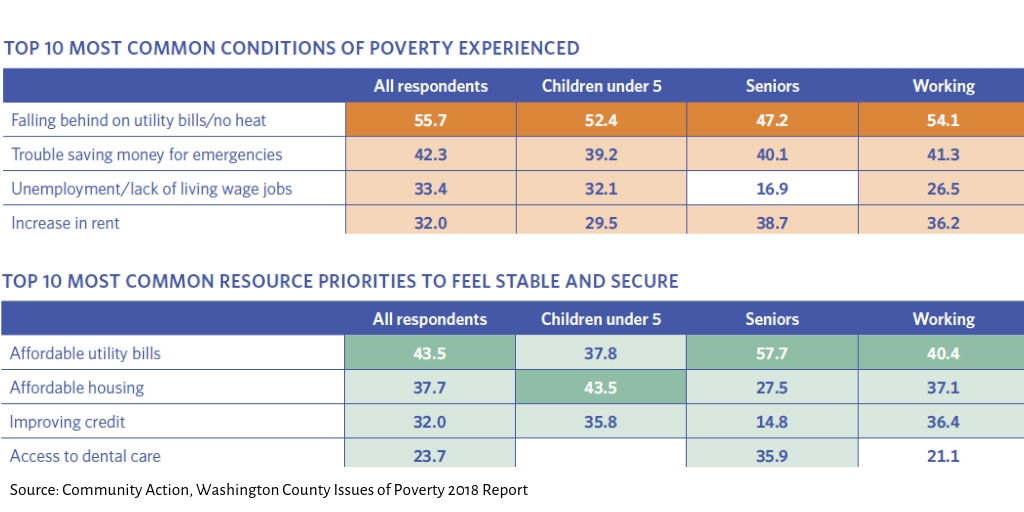
Energy Assistance Helps Oregon Families Avoid Homelessness
Last year, Jennifer in Linn County abruptly lost her job. Jennifer is a single mom and relied on her salary to support her children. But when her company downsized, her position was eliminated, leaving her dangerously adrift.
Jennifer applied to job after job without success. Her savings and unemployment ran out. She fell behind on the bills, then the rent. She finally found work after months of looking – but her first check was still a month away, and her debts were critical. If she missed her rent or her bills just one more time, her family could lose their home.
For Jennifer, this story has a happy ending. After applying for help from Oregon Energy Fund, she received energy assistance that helped her catch up on her past-due bills. But those funds didn’t just keep the lights on. They also meant that she could devote the last of her savings to the rent – rescuing her family from the looming threat of eviction and homelessness.
Jennifer’s story is far too common. Around 433,000 Oregon households, or 1 in 4, struggle to pay their energy bills each year, a condition known as utility hardship. In some areas, utility hardship affects more low-income families than any other condition of poverty, including unemployment or falling behind on the rent. Some families spend up to 40% of their income on their bills.
This year, we’re working to better understand utility hardship: who it affects, what its consequences are. Our research has found that falling behind on the bills often has a snowball effect. Thousands of households cut back on meals or medicine to try and catch up, leading to illness and malnutrition. Many turn to payday loans or other predatory lenders.
And nearly 25% of respondents to a national energy assistance survey became homeless because of their energy bills.
We’ve also found that energy assistance effectively prevents families from hitting bottom. A recent study by the Community Action Organization of Beaverton found that “affordable utility bills” was the top priority for people in poverty. Energy assistance is also less costly than many remedial social programs, and keeps at-risk families in their homes as they stabilize.
As we mark our 30th anniversary and look ahead to the future, we’re exploring ways to engage with the important issues in our community. Across Oregon, more than 150,000 households are on the brink on homelessness – people like Jennifer and her family. With your help, Oregon Energy Fund can keep them healthy, safe, and housed – and prevent the homeless of tomorrow from ever reaching that point.
Will you help us prevent homelessness?
